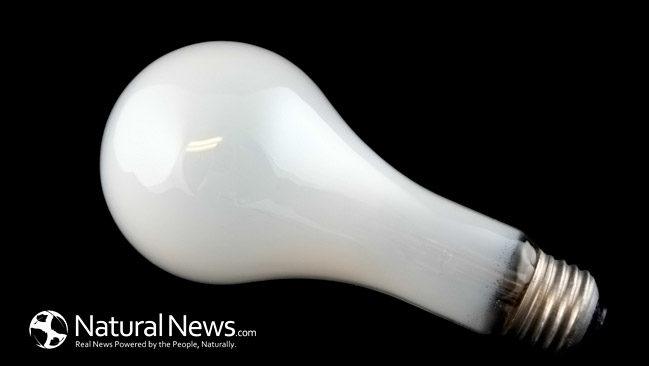As the good old fashioned light bulbs are being phased out and the compact fluorescent light are being forced on consumers, does everyone understand that they can’t simply throw the broken or burned out bulbs into their trash? Due to the mercury contained in these bulbs, special precautions must be made to keep your family safe from the mercury inside and to keep the mercury from eventually ending up in our water supply. There are plenty of reports on why we shouldn’t use them at all due to the many potential health risks. For the millions of people out there that are using them anyways, I’m concerned that most don’t know what to do with broken CFL’s.
Here are the step by step instructions for dealing with this biohazard as printed on the EPA’s website:
Before Cleanup
- Have people and pets leave the room.
- Air out the room for 5-10 minutes by opening a window or door to the outdoor environment.
- Shut off the central forced air heating/air-conditioning system, if you have one.
- Collect materials needed to clean up broken bulb: stiff paper or cardboard, sticky tape, damp paper towels or disposable wet wipes (for hard surfaces)and a glass jar with a metal lid or a sealable plastic bag.
During Cleanup
DO NOT VACUUM. Vacuuming is not recommended unless broken glass remains after all other cleanup steps have been taken. Vacuuming could spread mercury-containing powder or mercury vapor.
Be thorough in collecting broken glass and visible powder. Scoop up glass fragments and powder using stiff paper or cardboard. Use sticky tape, such as duct tape, to pick up any remaining small glass fragments and powder. Place the used tape in the glass jar or plastic bag. See the detailed cleanup instructions for more information, and for differences in cleaning up hard surfaces versus carpeting or rugs.Place cleanup materials in a sealable container.
After Cleanup
Promptly place all bulb debris and cleanup materials, including vacuum cleaner bags, outdoors in a trash container or protected area until materials can be disposed of. Avoid leaving any bulb fragments or cleanup materials indoors.
Next, check with your local government about disposal requirements in your area, because some localities require fluorescent bulbs (broken or unbroken) be taken to a local recycling center. If there is no such requirement in your area, you can dispose of the materials with your household trash.
If practical, continue to air out the room where the bulb was broken and leave the heating/air conditioning system shut off for several hours.
If you have further questions, please call your local poison control center at 1-800-222-1222.
Obviously, after reading the handling of your CFL’s needing this level of caution ought to make everyone finally see the light! We all had hoped that the LED light would be our healthier energy efficient option. Sadly, a study by the University of California Irvine has found LED bulbs to be loaded with lead, arsenic, and nickel. The high intensity red bulbs contained the most arsenic. Low intensity red lights had high amounts of lead, while white bulbs had lower amounts of lead but worrisome levels of nickel.
Please pass this on and raise awareness. And you might just consider making a trip to buy up those regular light bulbs before they are no longer available! SYLVANIA 10489 60-Watt 130-Volt A19 Household Bulb, 24 Pack 60A CVP, 24PK
Resources:
http://today.uci.edu/news/2011/02/nr_LED_110210.php
http://www.anh-usa.org/compact-fluorescent-light-bulbs-a-new-cancer-risk-in-your-home/
http://www2.epa.gov/cfl/cleaning-broken-cfl





